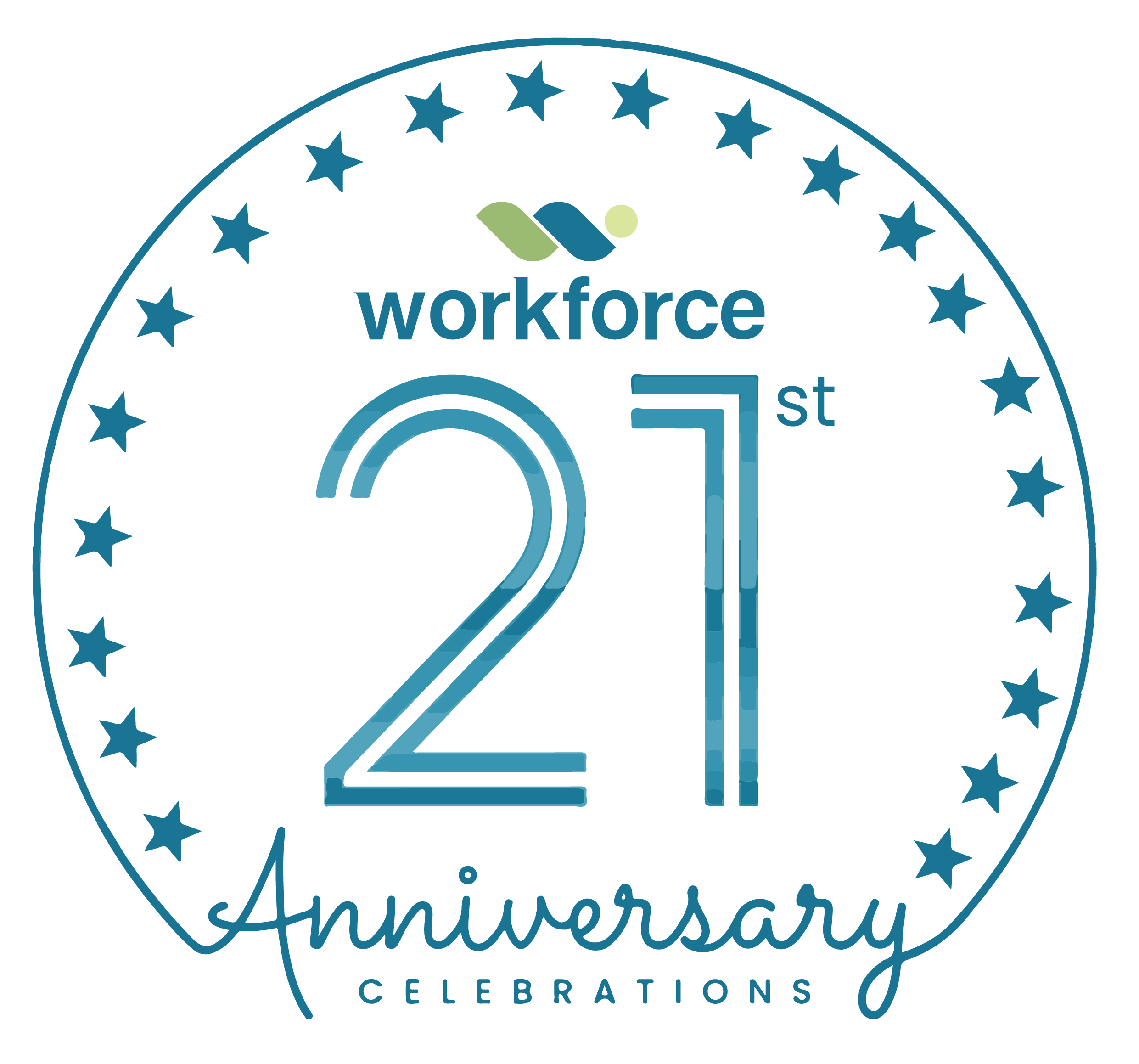High employee turnover continues to plague organizations across various industries, even when significant effort and resources are invested in hiring decisions. Often, the problem is not a lack of talent but a mismatch between the candidate and the organization, role, or team. Despite appearing to select strong candidates, many employers find that new hires do not stay long enough to make a meaningful impact.
This disconnect highlights a critical flaw in traditional hiring practices. While resumes, interviews, and gut instincts remain common evaluation tools, they often fail to provide a complete picture of a candidate’s suitability. As a result, organizations, especially those that don’t deploy pre-employment assessment, face high turnover costs, disrupted workflows, and the constant need to rehire for roles that should have been filled long-term.
Why Traditional Hiring Fails to Prevent Turnover
Traditional hiring methods rely heavily on subjective judgments rather than objective data. Interviews, though important, can be influenced by biases, while resumes may not accurately reflect a candidate’s on-the-job performance potential. This can lead to hiring decisions based on surface-level impressions rather than concrete evidence of a candidate’s fit for the role.
Moreover, when candidates are chosen based purely on technical skills or qualifications, their compatibility with company culture, team dynamics, and long-term job satisfaction may be overlooked. These undetected mismatches are significant contributors to employee turnover, as new hires quickly realize the job is not what they expected or struggle to integrate successfully.
To address this issue, organizations must adopt a more structured and evidence-based approach to hiring that goes beyond traditional methods. Pre-employment assessments offer a solution by providing deeper insights into candidates’ competencies, personality traits, and alignment with organizational values.
The Cost of Mismatched Hires
Every mismatch comes with significant costs. According to industry research, the cost of replacing an employee can range from 6 to 9 months of their salary, factoring in recruitment, training, and lost productivity. For high-level positions, these costs are even higher. The recurring cycle of hiring, training, and losing employees is not only financially draining but also affects team morale and overall business stability.
To break this cycle, organizations need a hiring approach that reduces the risk of turnover from the start. Pre-employment assessments play a crucial role in ensuring that new hires are not only qualified but genuinely aligned with the company’s needs, thereby increasing retention and building a more stable workforce.
This article explores how HR professionals, hiring managers, and business leaders can leverage pre-employment assessments to reduce turnover, improve hiring success, and build long-lasting teams.
Understanding Employee Turnover: Causes and Consequences
Employee turnover remains a major challenge for organizations across industries. While some turnover is expected, high and preventable rates of employee exits can signal deeper issues within hiring processes and workplace dynamics.
Common Causes of High Employee Turnover
- Poor Job Fit: One of the most significant reasons employees leave is a misalignment between their skills, expectations, and the actual demands of the role. When new hires feel unprepared or unsuited for their responsibilities, they are more likely to seek opportunities elsewhere.
- Cultural Mismatch: Job candidates may have the right qualifications on paper but struggle to adapt to the company’s culture. This leads to disengagement and eventual turnover.
- Lack of Career Development Opportunities: Employees need to see a clear path for growth. Without development opportunities, high-potential individuals may feel stagnant and choose to leave.
- Inadequate Manager Support: A strong relationship with direct supervisors plays a crucial role in retention. Employees who do not receive necessary guidance and support are more likely to experience job dissatisfaction.
- Competitive Job Market: In industries where top talent is in high demand, employees may leave for better offers, even if they are satisfied with their current roles.
- Unrealistic Job Expectations: During the hiring process, candidates may be led to believe that their roles will be significantly different from the reality they encounter. This can result in quick job dissatisfaction and early exits.
The Consequences of High Turnover
High turnover is costly—not just financially but also in terms of business performance and employee morale.
- Financial Impact: Recruiting, hiring, and training new employees are expensive endeavors. Research suggests that replacing an employee can cost between 50% to 200% of their annual salary, depending on their level and expertise.
- Productivity Loss: When employees leave, productivity drops as teams struggle to take on additional responsibilities until a replacement is found.
- Disruption to Team Dynamics: Frequent turnover can create instability within teams. Remaining employees may feel overworked, leading to further dissatisfaction and potential resignations.
- Decreased Employee Engagement: Organizations with high turnover often experience lower engagement levels. Employees may worry about job security or feel undervalued, which affects overall workplace morale.
- Reduced Customer Satisfaction: In customer-facing roles, turnover can directly impact service quality. Customers who regularly interact with changing staff may perceive the organization as unstable.
Preventing these issues requires a proactive approach to hiring that ensures candidates are well-suited for both the role and the company culture. Pre-employment assessments can help address these challenges by providing deeper insights into candidates’ potential fit within an organization.
The Role of Pre-Employment Assessments in Hiring
Pre-employment assessments offer a structured and objective approach to hiring that goes beyond traditional methods such as resumes and interviews. By evaluating candidates on key dimensions relevant to job success, organizations can make more informed hiring decisions that reduce turnover and improve workforce stability.
What Are Pre-Employment Assessments?
Pre-employment assessments are standardized tests and evaluations designed to measure various aspects of a candidate’s capabilities, including:
- Cognitive Ability: How well a candidate can think critically, solve problems, and learn new information.
- Personality Traits: Characteristics such as conscientiousness, adaptability, and teamwork that influence work behavior.
- Job-Related Skills: Technical and functional skills required to perform specific job tasks.
- Behavioral Tendencies: Patterns of behavior that indicate how a candidate might respond to workplace situations.
These assessments provide data-driven insights that help employers evaluate whether candidates possess the qualities needed to thrive in their roles.
Types of Pre-Employment Assessments
There are various types of pre-employment assessments, each serving a specific purpose:
- Cognitive Ability Tests: Measure reasoning, problem-solving, and critical thinking skills. These tests are strong predictors of job performance across many roles.
- Personality Assessments: Evaluate traits like leadership potential, collaboration, and resilience. Tools such as the Big Five Personality Test help determine cultural fit.
- Skills Tests: Assess job-specific skills such as programming, writing, or data analysis. These tests ensure candidates have the technical expertise required for the job.
- Situational Judgment Tests (SJTs): Present candidates with hypothetical work scenarios to gauge their decision-making and problem-solving abilities.
- Emotional Intelligence Tests: Measure a candidate’s ability to understand and manage emotions, which is critical for leadership roles and team dynamics.
- Behavioral Assessments: Analyze past behaviors to predict future job performance. These assessments help identify potential leadership capabilities and teamwork skills.
By using a combination of these assessments, organizations can obtain a comprehensive view of a candidate’s suitability for a role.
The Benefits of Using Pre-Employment Assessments
Implementing pre-employment assessments in the hiring process offers several key advantages:
- Improved Job Fit: Assessments help identify candidates whose skills, personality, and work style align with the role, reducing the likelihood of turnover due to poor fit.
- Reduced Hiring Bias: Standardized testing provides objective data, minimizing the impact of unconscious bias in hiring decisions.
- Higher Employee Retention: Organizations that use assessments see better alignment between job expectations and employee capabilities, leading to higher retention rates.
- Enhanced Productivity: Employees who are well-matched to their roles tend to perform better, contributing to overall business success.
- Stronger Company Culture: By hiring individuals whose values align with the organization, companies can build a more cohesive and engaged workforce.
Pre-employment assessments play a crucial role in ensuring that new hires are not only qualified but also likely to succeed and stay with the company long-term. This contributes to workforce stability and overall organizational success.
How Pre-Employment Assessments Reduce Turnover
Employee turnover often stems from mismatches between new hires and their roles, organizations, or teams. Pre-employment assessments help mitigate this risk by ensuring that candidates are genuinely suited for the job, leading to stronger retention rates.
Aligning Candidates with Job Requirements
One of the primary reasons for turnover is a disconnect between job expectations and actual responsibilities. Pre-employment assessments help employers:
- Identify Key Skills and Competencies: By testing for critical job-related skills, organizations can ensure that candidates possess the necessary abilities to perform well.
- Match Personality with Company Culture: Personality assessments measure traits like teamwork, leadership, and adaptability, helping employers determine if a candidate will thrive in the workplace environment.
- Assess Cognitive Abilities: Cognitive tests evaluate problem-solving and decision-making skills, ensuring candidates can handle the complexities of their roles.
With these insights, employers can hire individuals who are more likely to succeed and stay engaged, thus reducing turnover risk.
Enhancing Decision-Making and Predicting Longevity
Data from pre-employment assessments provide valuable predictive analytics that improve hiring decisions. By understanding a candidate’s strengths, weaknesses, and potential fit, organizations can:
- Reduce the Risk of Premature Exits: Employees who enter roles fully prepared for challenges are less likely to feel overwhelmed or dissatisfied.
- Improve Onboarding Experiences: Tailoring onboarding programs based on assessment results can help new hires integrate more smoothly into their roles.
- Foster Long-Term Career Development: Employees with clear growth paths are more likely to feel valued and remain with the organization.
Predictive hiring not only reduces turnover but also strengthens workforce stability.
Best Practices for Implementing Pre-Employment Assessments
To achieve the full benefits of pre-employment assessments, organizations must integrate them effectively into their hiring processes. Below are best practices to ensure successful implementation.
Identify Key Job Competencies
Before selecting assessments, organizations must clearly define the skills, traits, and abilities required for success in each role. This ensures that the tests used are relevant and provide meaningful insights.
Choose the Right Assessment Tools
Different roles require different assessment types. Organizations should select tools that align with job requirements, such as:
- Cognitive Tests for positions that require strong problem-solving abilities.
- Personality Assessments for roles where cultural fit is critical.
- Skills-Based Tests for technical and functional job requirements.
Integrate Assessments with the Hiring Process
Assessments should be part of a broader hiring strategy rather than standalone measures. Combining test results with interviews and reference checks provides a more comprehensive view of each candidate.
Ensure Fairness and Transparency
Candidates should understand why assessments are being used and how they contribute to hiring decisions. This transparency helps build trust and encourages candidates to engage fully in the process.
Use Data Analytics for Decision-Making
Leveraging assessment data alongside HR analytics can improve hiring accuracy. Organizations should track assessment results against employee performance and retention metrics to refine their hiring strategies.
Provide Feedback and Development Opportunities
Even candidates who are not selected for a role can benefit from feedback on their assessment results. Organizations should also use assessment data to inform onboarding and professional development plans for new hires.
Conclusion
High turnover remains a costly and persistent challenge for organizations, often stemming from mismatches between candidates and roles. Pre-employment assessments offer a powerful solution by providing deeper insights into candidates’ skills, personality traits, and overall job fit.
Organizations that implement structured, objective assessment processes see significant improvements in hiring accuracy, employee engagement, and long-term retention.
To reduce turnover and build a stronger workforce, HR professionals and business leaders should prioritize the integration of pre-employment assessments into their hiring strategies. This includes selecting the right assessment tools, training hiring teams on their use, and continuously evaluating the effectiveness of assessment-driven hiring decisions.
Ready to Improve Hiring Success and Workforce Stability?
Workforce Resourcing offers comprehensive pre-employment assessment solutions tailored to your organization’s needs. By implementing the right assessment strategies, you can ensure that every hire is a long-term asset to your business.
Contact Workforce Resourcing Today to Learn More

